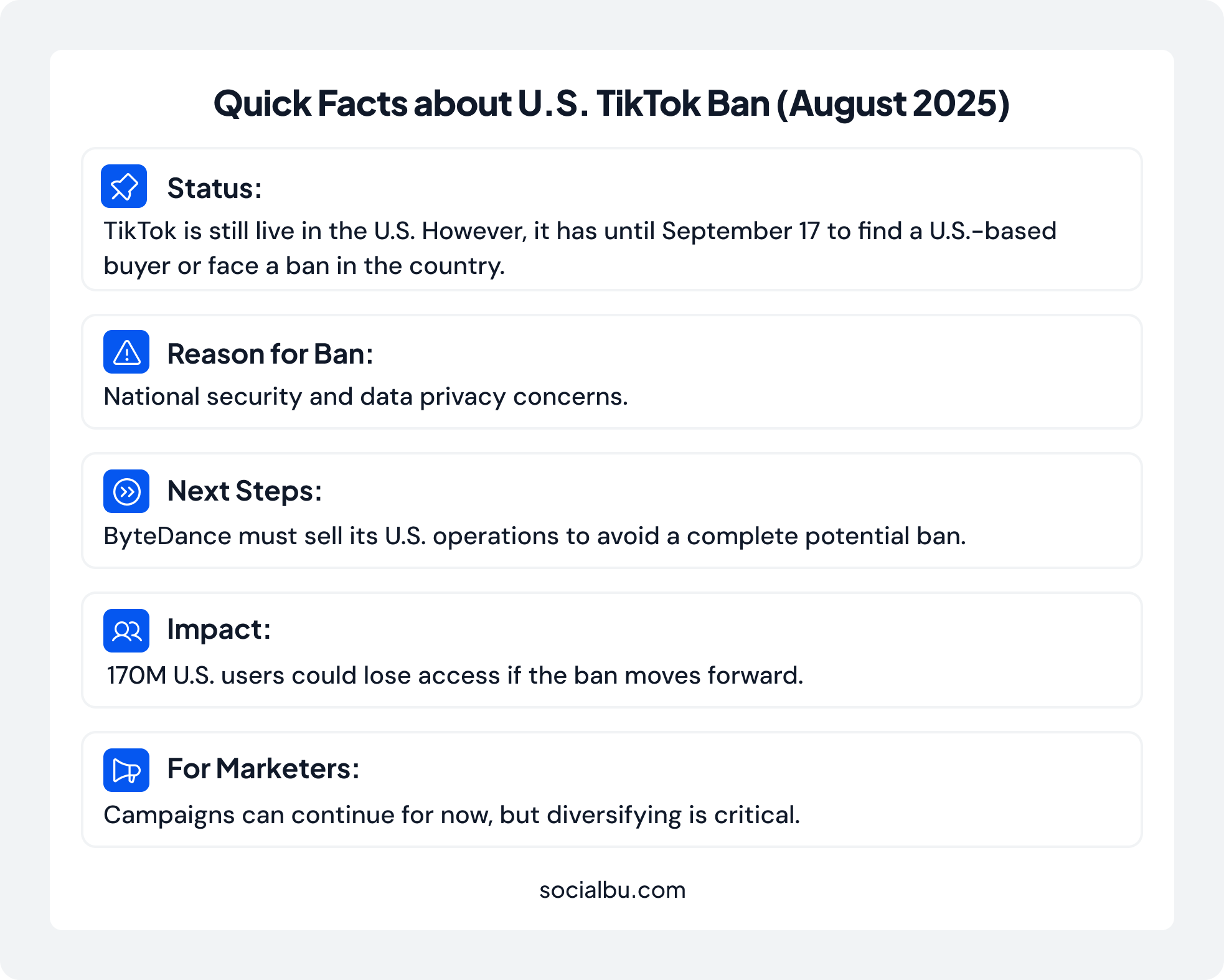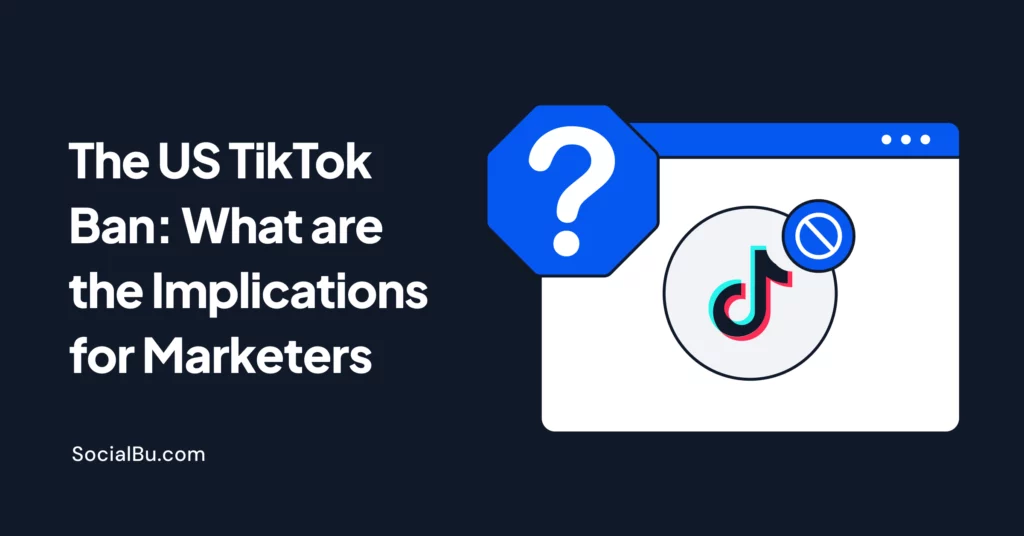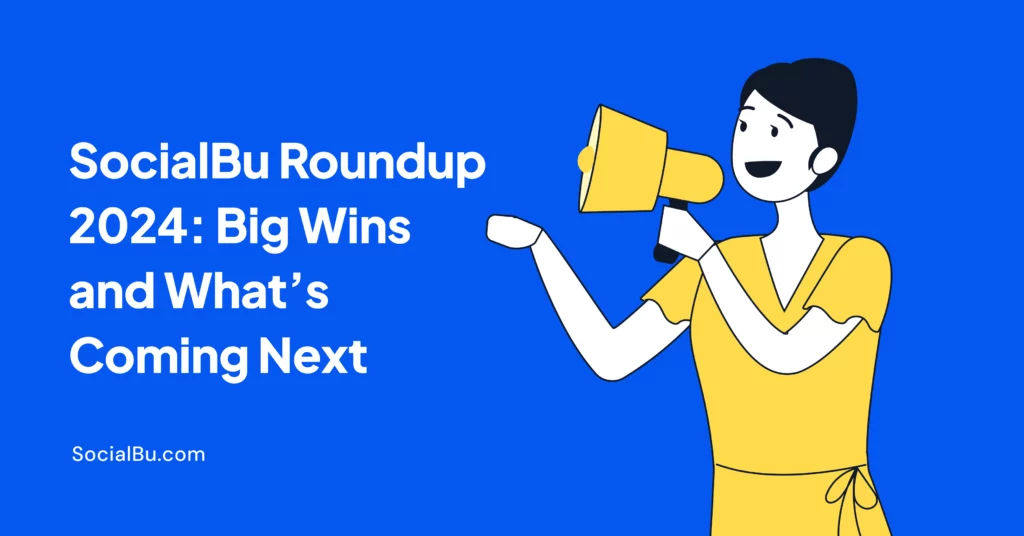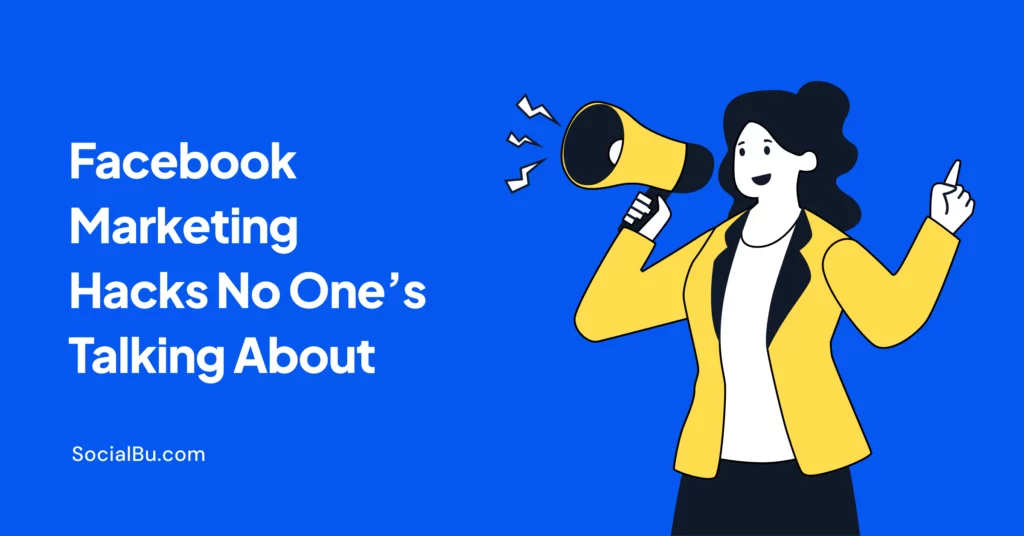If you’re a marketer who runs multiple campaigns on TikTok, you might be refreshing the news daily, asking: “Is TikTok getting banned in the U.S. this time?”
TikTok is one of the most powerful marketing platforms in the U.S., with over 170 million users. However, as lawmakers push forward on a TikTok ban, marketers wonder what this means for their campaigns and communities.
The latest U.S. TikTok ban update has reignited urgent questions:
- Will TikTok get banned again in 2025?
- Could it get down for everyone, and if so, when?
- How should brands prepare if the TikTok ban passes?
This uncertainty is genuine and not only related to politics. For marketers, creators, and agencies, it’s about planning so you don’t lose reach, data, and engagement overnight.
In this guide, we’ll break down;
- Why is TikTok facing a potential ban?
- What does this mean for marketers in the U.S.?
- And the practical steps you can take right now to protect your brand strategy.
You’ll also discover which platforms are best to step into if TikTok disappears.
Let’s begin!
U.S.TikTok Ban Update Timeline 2025
Here’s how the TikTok ban in the U.S. has unfolded so far:
January 10: The Supreme Court started hearing arguments on the potential TikTok ban.
January 18: TikTok completely went dark in the U.S. But it was restored within less than 24 hours.
20 January: President Trump signed an executive order delaying the implementation of the ban for 75 days.
April 5: The deadline set by Trump to ban or sell TikTok has been extended by another 75 days.
June 19: A third extension was signed, this time for 90 days, pushing the deadline to September 17, to find a U.S.-based buyer or face a potential ban.
July 28: U.S. Commerce Secretary Lutnick warned the ban will take effect if TikTok’s parent company misses the September 17 sale deadline.
TikTok Ban Update: What’s Happening Right Now
The TikTok ban in the U.S. is not a rumor. Lawmakers have passed legislation that requires TikTok’s parent company, ByteDance, to either sell its U.S. operations or face a nationwide ban. Growing concerns about data privacy, national security, and TikTok’s ties to China are driving the move.
As of August 2025, the situation is still in flux.
TikTok is fighting the decision in court, arguing that a ban would violate the First Amendment rights of its users. Meanwhile, major U.S. companies have expressed interest in acquiring TikTok’s U.S. arm, but they have not finalized a deal yet.
This leaves marketers, brands, and creators in a holding pattern. Campaigns continue to run on TikTok today, but there’s no guarantee how long that will last.
For marketers, brands, and influencers relying heavily on the platform, this uncertainty can disrupt long-term planning and ad spend.

Why Is TikTok Facing a Ban in the U.S.?
The push to ban TikTok in the U.S. didn’t happen overnight. It’s been years in the making.
The reason: data security concerns, political tensions, and fears over foreign influence.
Here’s what’s driving the debate.
1. Data Privacy Concerns
ByteDance, a Chinese company, owns TikTok, and U.S. officials worry that the Chinese government could access user data. With over 170 million American users, that’s a massive pool of sensitive data, including:
- Location tracking
- Browsing history
- Device information
- Interests and behavior patterns
Surveys show that 83% of Americans who support a TikTok ban cite data security as their number-one concern. Lawmakers argue that such access could threaten national security.
2. National Security Risks
TikTok is the second most used app in the U.S., and its influence is vast, particularly among Gen Z and young millennials. Officials fear that the platform could be used to spread propaganda or manipulate public opinion during elections.
Because TikTok’s algorithm is designed to push personalized content at scale, critics argue it could become a powerful tool for misinformation if left unchecked.
3. Political and Legal Pressure
Congress has been debating TikTok’s future for years, but tensions between the U.S. and China have brought the issue to a head in 2025. On January 10, the Supreme Court heard legal concerns regarding a bill that passed, requiring ByteDance to divest its U.S. TikTok operations, or face a potential ban.
TikTok is fighting back, filing lawsuits and arguing that a ban would violate Americans’ freedom of speech. This legal tug-of-war is one of the reasons the app is still running today, despite the “ban passed” headlines.
4. Global Context
The U.S. isn’t alone in raising concerns about TikTok’s security, content, censorship, national security, and data privacy issues. TikTok is already banned in multiple countries, including India, Afghanistan, Albania, and Nepal. Government agencies in the EU and Canada have also restricted TikTok use on official devices.
This growing list of TikTok-banned countries shows that concerns around data security and national influence are global, not just a U.S. issue.
Even in China, TikTok is not activated and accessible; Douyin is a native app that is used in its place.
What Does the TikTok Ban Mean for Marketers?
If you’ve been using TikTok to connect with your audience, it’s a direct hit to your marketing strategy. Losing it could create significant gaps in audience engagement and campaign performance.
Here’s what it means for marketers and brands:
Losing Access to a Unique Audience
TikTok has carved out a niche that no other platform fully replicates. Its short-form, fast-paced content has been a magnet for younger users. For many brands, TikTok was the bridge to connect with Gen Z audiences who often ignore traditional ads.
If the ban goes through, campaigns targeting this demographic will take the most brutal hit. Marketers will need to figure out how to keep those connections alive on other platforms.
Campaigns Put at Risk
For brands currently running TikTok ads or influencer collaborations, the uncertainty is a nightmare. Imagine pouring budget into a campaign today, only for the platform to be banned tomorrow. That’s why many marketers are already pulling back or shifting resources elsewhere.
The looming question “Is TikTok getting banned tomorrow?” makes it difficult to plan with confidence.
Higher Costs on Other Platforms
One of TikTok’s most significant advantages is its organic reach. Smaller brands could go viral without spending huge ad budgets. If TikTok disappears, Instagram Reels and YouTube Shorts will be the next best options, but they’re already more competitive and ad-heavy.
That means reaching the same audience could get more expensive. For marketers and brands with limited budgets, this could stretch resources thin.
Data and Insights Take a Hit
TikTok’s in-app analytics gave brands rich insights into engagement and audience behavior. Without it, marketers will lose a valuable source of data for targeting and personalization.
This shift forces brands to rely more on first-party data (customer emails, purchase history, loyalty programs, websites), which takes time to build but offers long-term control.
Risk of Losing Momentum
For many brands, TikTok is where new trends are born. A ban could mean losing the ability to “ride the wave” of viral content. Without that, brands may struggle to stay culturally relevant and maintain the same level of engagement and exposure.
How to Future-Proof Your Marketing Strategy if TikTok Gets Banned
No one can say for sure what will happen with TikTok on September 17, 2025. But one thing is clear: marketers and businesses that plan ahead will feel less impact if the ban becomes permanent.
Here are some implications to prepare for in this short time and keep your social media strategy strong:
1. Diversify Your Social Presence
If TikTok is your primary marketing channel, a ban could leave you in shock and at risk of losing your audience. Start building a presence on other short-form platforms like Instagram Reels, YouTube Shorts, and even Snapchat Spotlight.
These platforms have growing audiences and offer similar formats that can help you repurpose TikTok-style content.
2. Repurpose Content Across Platforms
Amid all the tense situations, you have some good news. Your TikTok videos don’t need to go to waste.
Save high-performing content (without watermarks) and re-share it across Instagram, YouTube, and Facebook. This way, your content continues working for you even if TikTok disappears.
3. Strengthen Your Owned Channels
The saying “Putting all your eggs in one basket” is ideally suited to your condition here.
So, don’t put this saying into action and don’t rely solely on TikTok for your marketing campaigns and audience building. It’s risky.
Use TikTok as a lead magnet and drive followers to your email list, website, or community groups. Owned channels give you control, no matter what happens with third-party platforms.
4. Keep an Eye on Policy Updates
Government regulations around TikTok are constantly changing. Stay updated by following reliable news sources and official announcements. Being proactive means you can pivot quickly if new restrictions are announced.
5. Experiment with New Formats
Short-form video isn’t the only way to reach your audience. You can test long-form video, carousels, newsletters, or podcasts. A flexible content mix keeps your brand relevant across different platforms.
Do not sit and wait for the final decision. Taking these steps now might help you “survive” a TikTok ban. Moreover, you’ll build a stronger, more resilient marketing strategy that thrives on multiple platforms.
Want a backup plan ready? Use SocialBu’s content calendar to schedule across multiple platforms and keep your brand visible.
What’s Ahead!
The future of TikTok in the US is still uncertain. Whether the ban goes through or not, one thing is clear: brands and creators need to diversify their strategy to stay ahead.
Instead of waiting for the “what if,” use this as an opportunity to future-proof your content. Explore alternative platforms, build a strong cross-channel presence, and keep your audience engaged wherever they are.
And if you’re ready to simplify how you manage it all, SocialBu is here to assist you. It helps you schedule, automate, and track content across TikTok, Instagram, YouTube, and more, all in one place.
Stay consistent, visible, and ahead.
Try SocialBu free today and see how easy content management can be.
PS: Stay tuned for what’s ahead regarding the U.S. TikTok ban, as we’ll be updating the article with all the latest news to keep you posted.
FAQs
Is TikTok getting banned in 2026?
There’s no confirmed ban in 2026. TikTok is reportedly developing a US-only version ahead of a possible 2026 shutdown as it prepares for a potential divestment or sale.
Is TikTok down in the USA now?
No, TikTok is currently active in the U.S. It briefly suspended services on January 18, 2025. However, it was restored in less than 24 hours.
Who wants to buy TikTok in the US?
Multiple U.S. companies and investors have submitted bids, including Oracle-led groups, Amazon, AppLovin, Blackstone, and VC firms such as Andreessen Horowitz.
Can I still have TikTok after the ban?
If a full ban is enforced, TikTok would be removed from app stores in the U.S. This will prevent new installs. But users who already have the app installed may retain access, at least temporarily.
Is TikTok ending in 2025?
Not necessarily. The law requires ByteDance to divest TikTok’s U.S. operations by the specified deadlines (September 17).
Is CapCut getting banned?
No, CapCut has not been directly targeted for a ban. However, it has been shut down and faced temporary restrictions in the U.S. Its parent company, ByteDance, is under scrutiny, so some services tied to ByteDance were affected during brief shutdowns related to TikTok.
Is TikTok getting banned for everyone?
A U.S. TikTok ban would be country-specific. It would not affect TikTok’s availability in other regions unless similar measures are enacted elsewhere.
Is TikTok getting banned in 2025?
TikTok faces a legal requirement to divest from its Chinese parent company or face a ban. However, this enforcement has repeatedly been delayed through executive orders extending the deadline, currently set for September 17, 2025.







